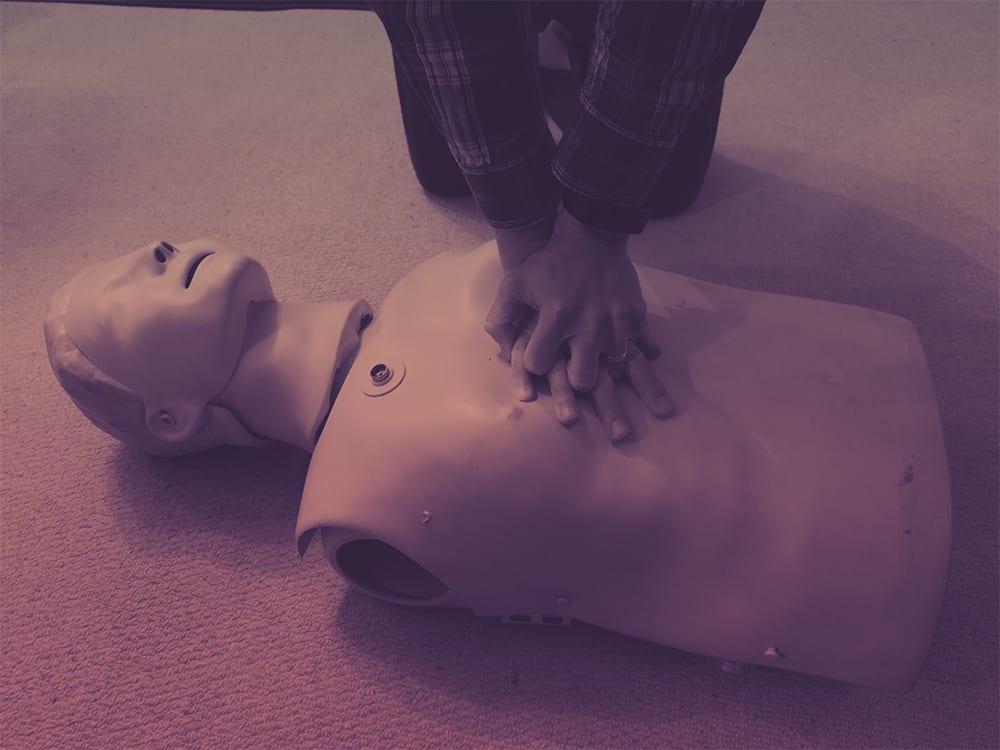Pint of Life volunteer Christopher Tancock offers invaluable advice on how to save a life
You walk into the lounge to find your best friend unconscious, they’ve turned grey, they’re not breathing – what do you do?
This scenario may sound unlikely, but situations like this play out every day. You can call an ambulance, but unless you can keep the casualty going in the 8-10 minutes it takes to arrive, they are unlikely to survive.
Pint of Life aims to help prevent such situations by teaching basic first aid in local communities in a free and innovative way. The sessions demonstrate, for example, that after trying to get a response, you should check the patient’s airway and breathing. If you find they are not breathing, the best thing to do is to dial 999, get hold of a defibrillator fast and start CPR.
The “chain of survival” means that for maximum chance of survival, a patient needs fast CPR, defibrillation and hospitalisation – only 40% of casualties receive CPR from passers-by in the UK. Even more frighteningly, fewer than 2% of those who need one get a defibrillator before the ambulance arrives.
People might be afraid to use a defibrillator as they “don’t want to do it wrong” or are worried that they might get into trouble if things don’t turn out well despite their attempts. The fact is that defibrillators can boost survival rates by a huge amount. We need to overcome our fear of these life-saving devices and get to grips with the simple skills that could very well prove the difference between life and death.
Pint of Life, run by Oxfordshire volunteer Christopher Tancock, shows communities that using a defibrillator is simple. These amazing machines just need to be switched on, after which they guide you through what you need to do (by verbal commands and prompts). Some models even give feedback about your CPR and beep to show when you need to push. None of these community defibrillators can “accidentally” shock someone who doesn’t need to be shocked, either, so they are safe – and very easy – to use. They’re available in many local communities now – in pubs, restaurants, shops and village halls.
When it comes to CPR itself, it’s just a matter of pushing on the centre of the patient’s chest hard and fast… You should aim for two compressions a second and after 30, give the patient two rescue breaths before returning to compressions. Then continue the same sequence. (With children and infants, it’s important to start with five rescue breaths before doing the 30:2 routine).
These skills are so simple yet so effective. They could change the situation described above from a nightmare to a survival. So why not help yourself to a Pint of Life and learn how to keep someone’s glass half full!
![]() Find out more here or contact [email protected]
Find out more here or contact [email protected]














Comments